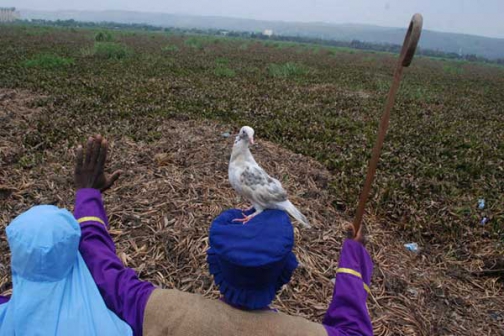×
The Standard e-Paper
Home To Bold Columnists

Residents of Kisumu now face water shortage as the water hyacinth which has carpeted Lake Victoria starts to rot, affecting quality.
The Kisumu Water and Sewerage Company (Kiwasco) has warned of possible rationing in pockets of the lakeside town as the stubborn water weed covering the Winam Gulf reaches old stage and is rotting away.